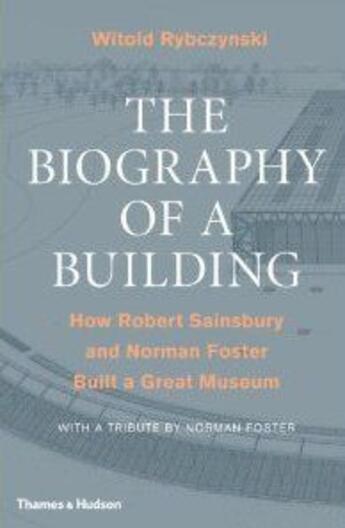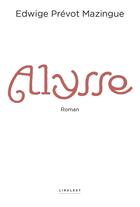Résumé:
The vast, dramatic, silvery-grey building, known as 'the shed', was opened in April 1978 to a fanfare of critical approval...
Witold Rybczynski, one of the world's most fluent and avidly followed writers on architecture, is the perfect guide to the remarkable inside story of the Sainsbury... Voir plus
The vast, dramatic, silvery-grey building, known as 'the shed', was opened in April 1978 to a fanfare of critical approval...
Witold Rybczynski, one of the world's most fluent and avidly followed writers on architecture, is the perfect guide to the remarkable inside story of the Sainsbury Centre for the Visual Arts at the University of East Anglia, created for Sir Robert and Lady Sainsbury's private collection of paintings, drawings and sculptures.
The project was Norman Foster's first public commission and set him on the road to international fame and success. A new wing was complete in 1991 and a major refurbishment was carried out after the turn of the century.
Witold Rybczynski's absorbing account draws in all the threads of the building's history, starting with the genesis of the Sainsburys' world-class art collection, and the parallel journeys of three other private collectors as they built museums to house their treasures. The selection of Foster as the architect, the identification of the site, the design of the building and its construction, and the installation of the collection are traced in fascinating detail, enlivened with generous quotations from the main players in the drama.
This is not only a history of the Sainsbury Centre: as the story unfolds, the author meditates on the nature of collecting and collections, the purpose and function of the art museum, the relationship between architect, client and sponsor, and the evolution and roots of late twentieth-century architecture.
This richly perceptive narrative, which includes a Tribute to Sir Robert and Lady Sainsbury by Norman Foster, will enthral anyone interested in art, architecture and the role of the museum in cultural life, and delight all readers who relish consummate writing.
Donner votre avis














